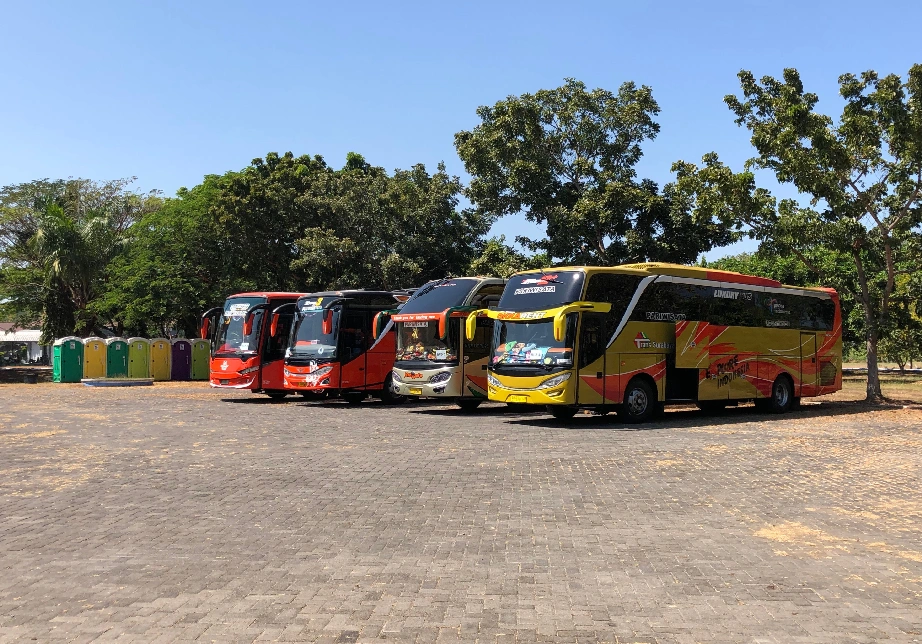Buses: The Unsung Heroes of Efficient People Movement

Buses often get overshadowed by trains and planes when it comes to long-distance travel. But when it comes to strategically moving large groups of people, be it for sightseeing adventures or intensive training programs, buses offer a surprisingly versatile and cost-effective solution.
Sightseeing on a Budget:
For organized tours, hop-on, hop-off buses are a staple. They allow tourists to explore a city or region at their own pace, hitting major landmarks and hidden gems without needing to navigate unfamiliar streets. Multi-day tours often utilize buses, offering comfortable transportation between destinations while serving as mobile lodging for extended journeys.
Training on the Move:
For companies or organizations conducting training programs, buses provide a convenient way to transport participants to various training sites. This could be for field trips related to environmental studies, on-location construction safety training, or even mobile medical clinics reaching remote communities. Buses can even be equipped with amenities like screens and whiteboards, transforming them into mobile classrooms for on-the-go learning.
Logistical Advantages:
Beyond cost-effectiveness, buses offer several logistical advantages. Their large passenger capacity eliminates the need for multiple smaller vehicles. They can navigate narrow roads or off-the-beaten-path locations inaccessible to larger forms of transportation. Additionally, on-board restrooms and storage compartments ensure a comfortable and convenient experience for passengers.
Planning and Flexibility:
Bus companies often cater to specific needs. Whether it’s a multi-day historical tour or a corporate training program with multiple stops, buses can be chartered to create a customized itinerary. This flexibility allows organizers to tailor the experience to their group’s specific requirements.
The Human Touch:
Unlike trains or airplanes, buses offer a unique sense of community and shared experience. Passengers can interact with each other and the scenery, creating a more dynamic travel experience. Tour guides can provide real-time commentary and insights, adding another layer of value to the journey.
In conclusion, buses are not just about getting from point A to point B. They are a powerful logistical tool for efficiently moving people for sightseeing adventures, training programs, and more. Their versatility, affordability, and ability to adapt to specific needs make them a valuable asset for any group transportation plan.